Dogs can be allergic too, just like humans. One of the most common triggers of pet allergies is food, or to be exact, certain substances or ingredients of it. If the owner ignores the pet's allergy symptoms, they can lead to other health problems in the long term. How to know that you dog is allergic and how to overcome dog allergies to make the pet healthy again?
The main allergens in food
Allergies in pets can be caused by various internal or external stimuli, such as infections, medications, coat care products, or even toys, but most often the main trigger is food, and more precisely certain proteins and gluten.
Gluten is abundant in grain products such as wheat. Gluten often complicates digestion for humans and it affects the body of dogs almost identically. That's why I suggest to avoid food with gluten-containing ingredients. Speaking about protein sources found in dog food, beef, pork, wheat, milk, and its products cause 68% of allergy cases, and 25% of allergies are caused by chicken, eggs, and soy, while the remaining 7% of allergies are caused by other products, so I advise to choose pet food and treats that do not contain these ingredients.
In order to avoid a negative reaction in the pet's body, it is also very important not to feed food from the table to your pet. Dogs have a sensitive digestive system, so human food can cause them allergies, stomachaches, or intestinal problems. For this reason, it is important that you feed your four-legged friend only pet food created for him.
How to notice that a dog is allergic?
Allergies in dogs can occur in different ways, but we usually notice it through teary eyes causing brown tear stains to appear on the fur. Owners of white fur dogs can notice the first symptoms of allergies especially quickly because these stains are very visible on light fur. However, this symptom can occur in any breed of dog.
Brown tear stains are caused by an amino acid imbalance and an improper protein source. Then instead of clear tears, brown ones start to flow. It is estimated that unbalanced nutrition is as much as 85% of the cause of such cases.
Another common manifestation of allergies is skin problems. Food affects the entire body of the pet, and its skin is no exception. Due to the wrong food, it can become itchy, red, and dry, and pimples or red spots may appear. Allergies can also manifest themselves through the skin of the paws. In this case, the dog begins to lick its paws because they become sensitive and painful. However, licking the paws causes even more problems because it creates a perfect ground for bacteria to proliferate. Constant licking around the paws makes the fur around it moist and then it starts to turn brown. An untreated severe allergic skin reaction can also cause chronic diseases such as atopic dermatitis.
Allergies caused by the wrong food can also come out through digestive system disorders: diarrhea or constipation, bloating, and eventually developing more serious diseases, such as a stomach or intestinal ulcer. It can even lead to mental health problems - due to prolonged bad mood, the dog becomes sad, irritable, and lethargic.
How to overcome allergies?
If a pet shows the first symptoms of an allergy - teary eyes, skin flaking, or redness - owners can try to find the cause themselves by changing their diet or grooming products. If the allergic reaction is stronger, the pet may also need medical treatment, so you should contact specialists without delay.
When the first symptoms of allergy appear, I suggest you review your pet's diet - avoid gluten-containing ingredients, chicken, beef, and pork products, and choose a high-quality, balanced, complete feed, for example, based on white fish, lamb, or salmon.
I recommend choosing Nature's Protection Superior Care White Dogs dry food, which I specially created for white dogs. This food is hypoallergenic, gluten-free, supplemented with an element of volcanic origin, Microzeogen, which can help regulate stomach acidity, and most importantly, the amino acid balance is adjusted in such a way that it makes the tear transparent, solving the brown tear stains problem.

I would like to remind you that although 80% of healthy pet formula consists of nutrition, it is also important to responsibly choose coat care products, which have a 20% impact on the pet's health. Grooming products must have a natural composition, without chemical ingredients such as silicones, SLS, parabens, and mineral oils.
After changing the diet and fur care products, observe the pet for about 3-4 weeks. If the allergy symptoms do not go away, it is worth contacting the veterinarian and looking for other possible causes of the problem.
Breeding dogs for more than 35 years brought me to my mission – to understand and create the best products for pets. I’m ready to share my long-tested and thoroughly created pet care system with you!





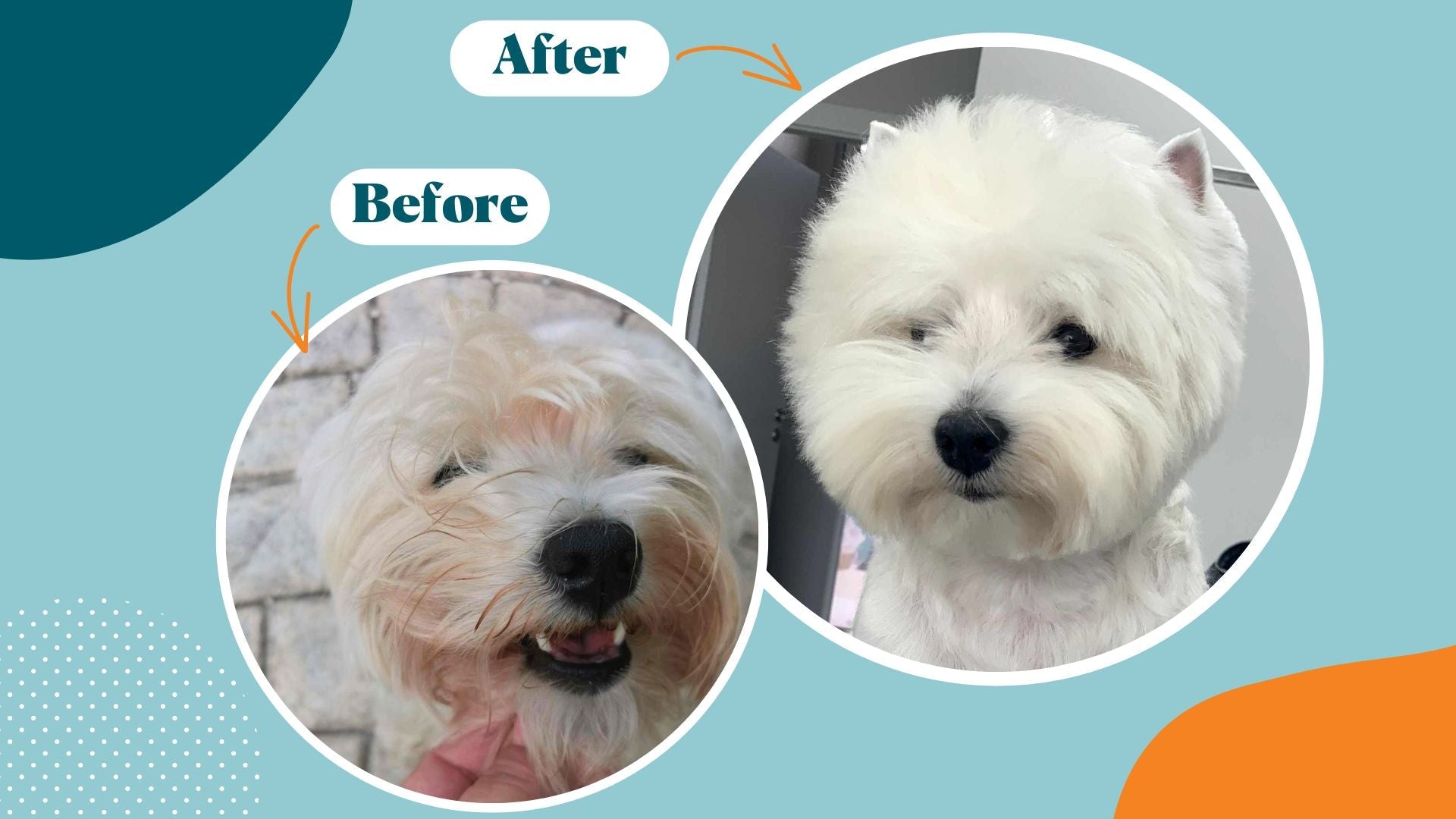
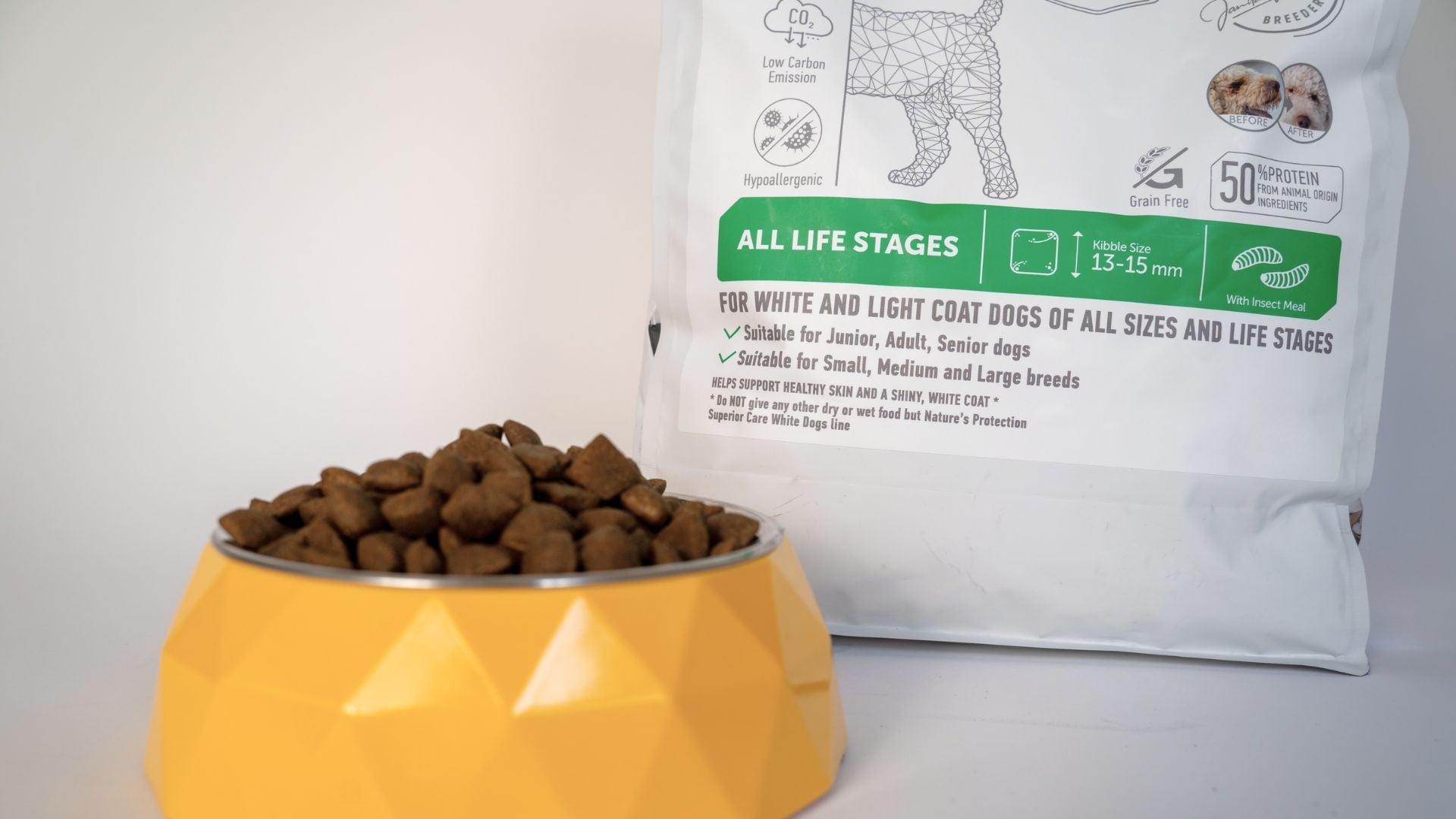

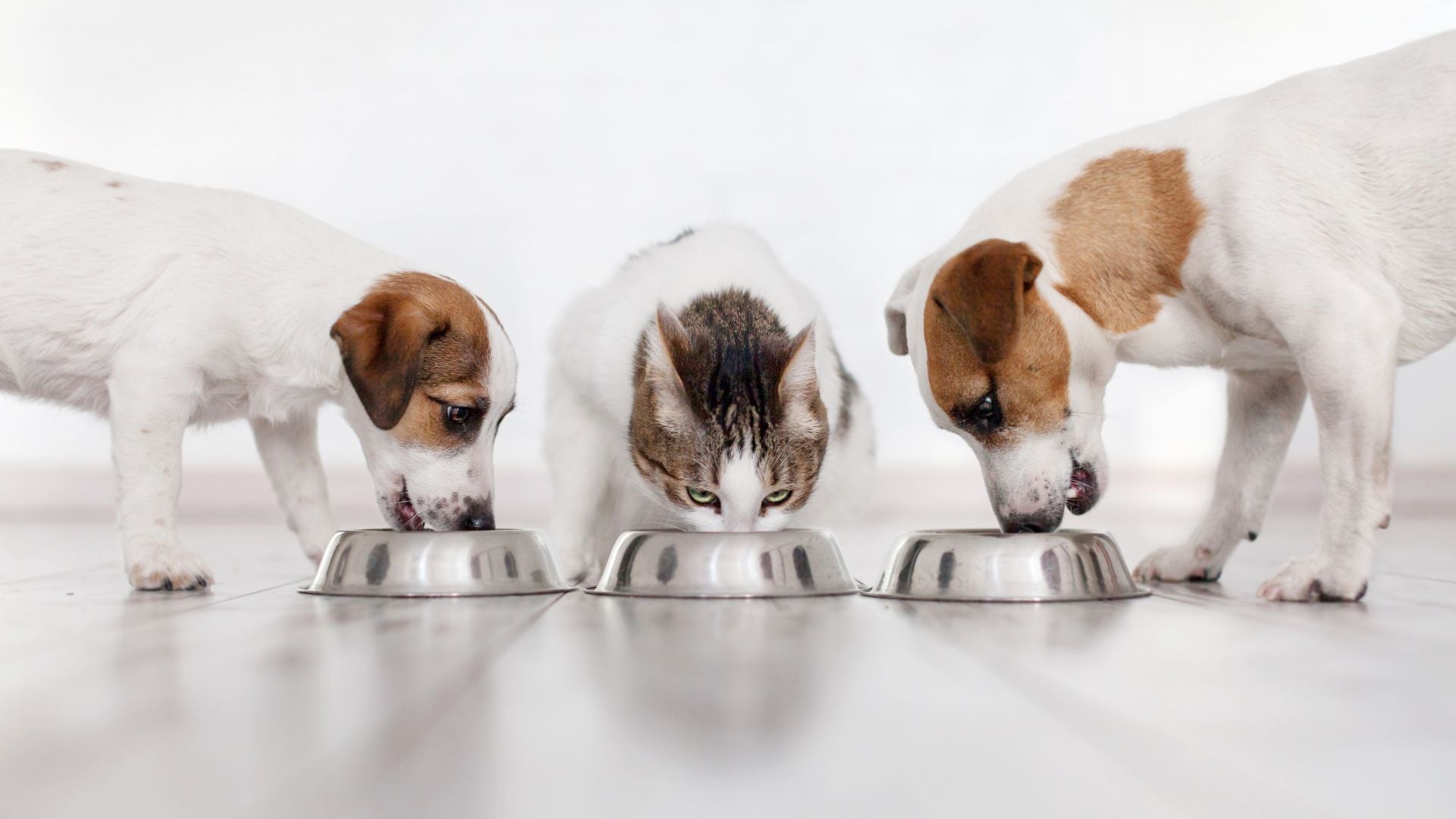
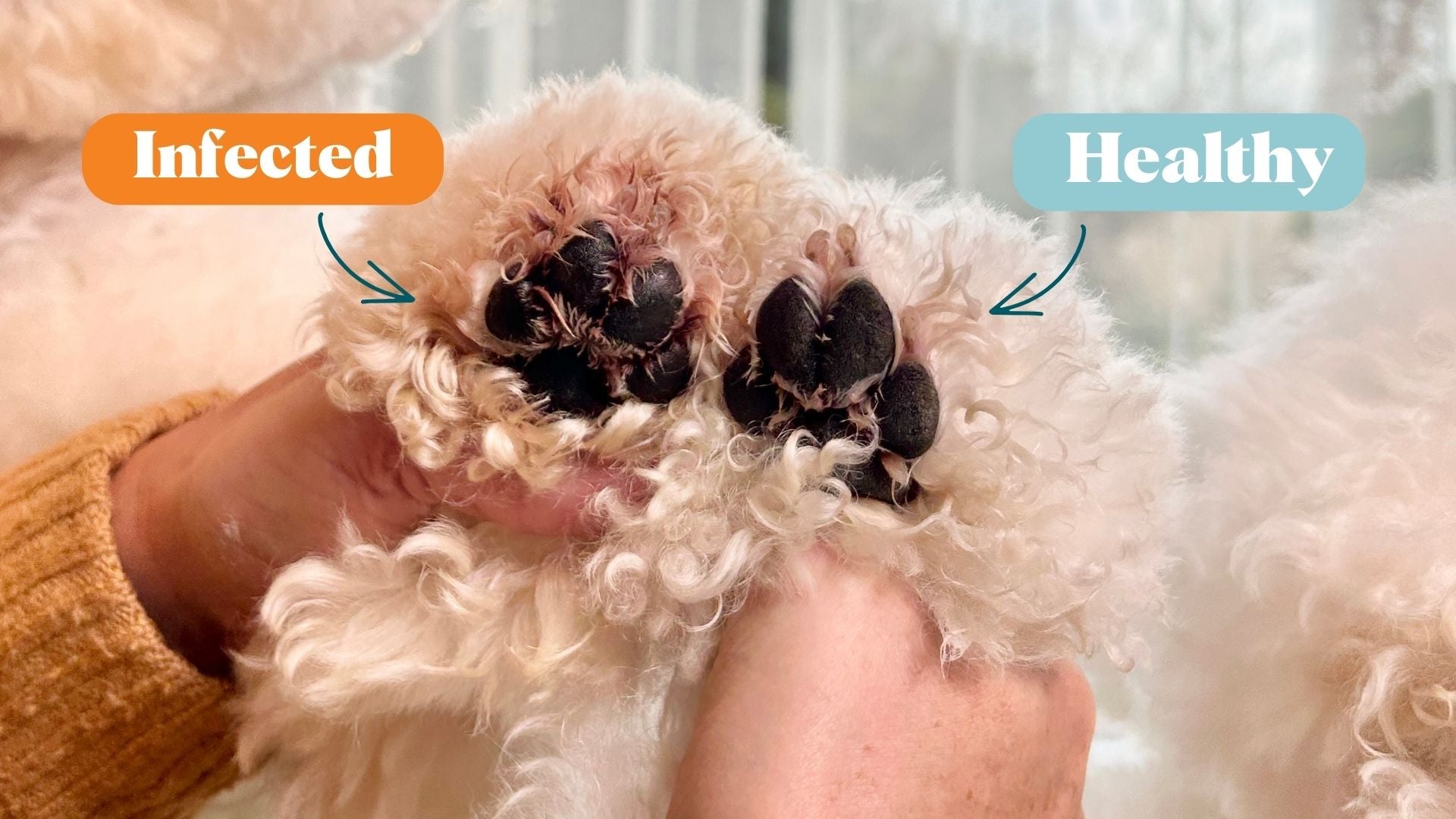
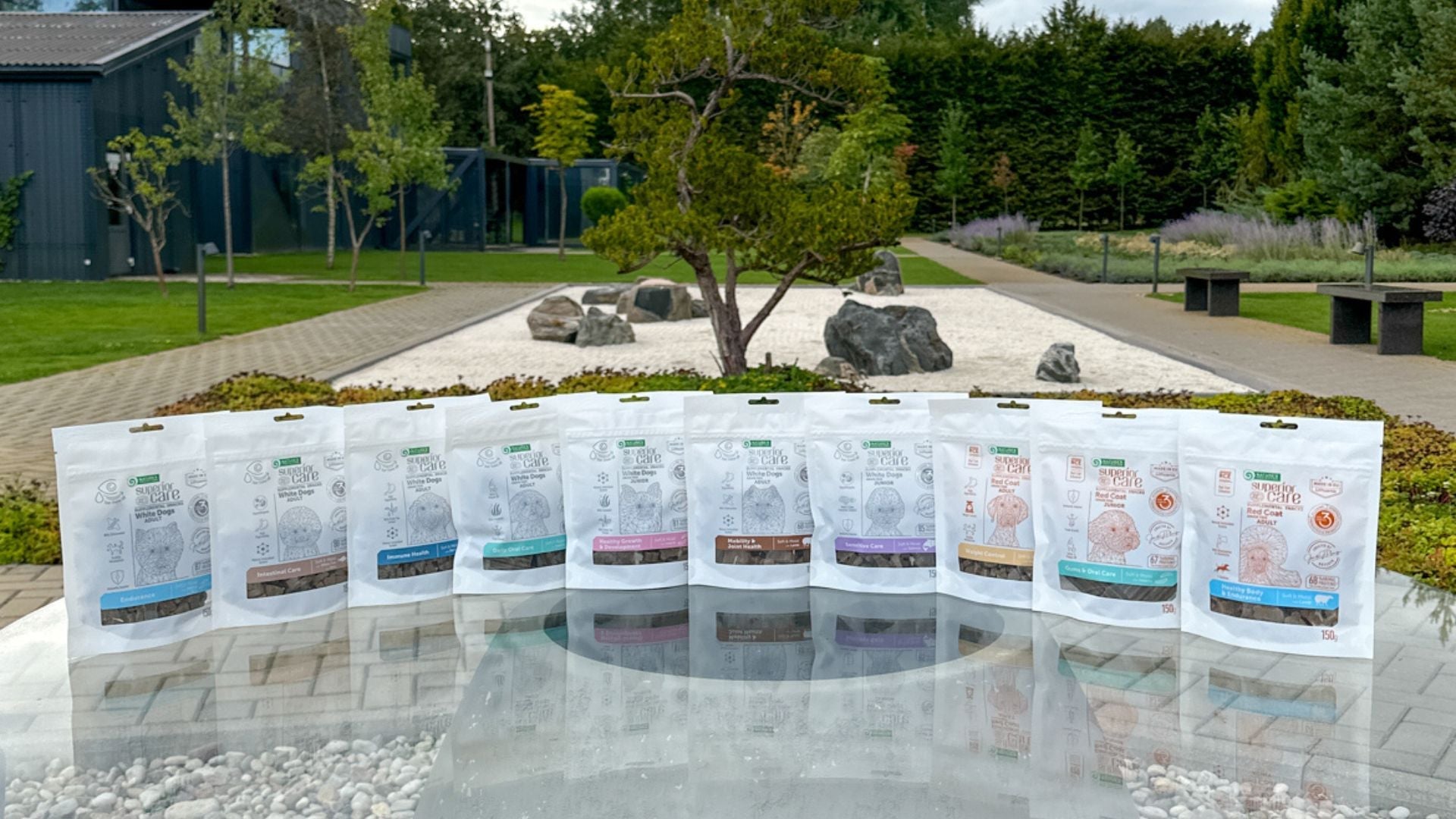
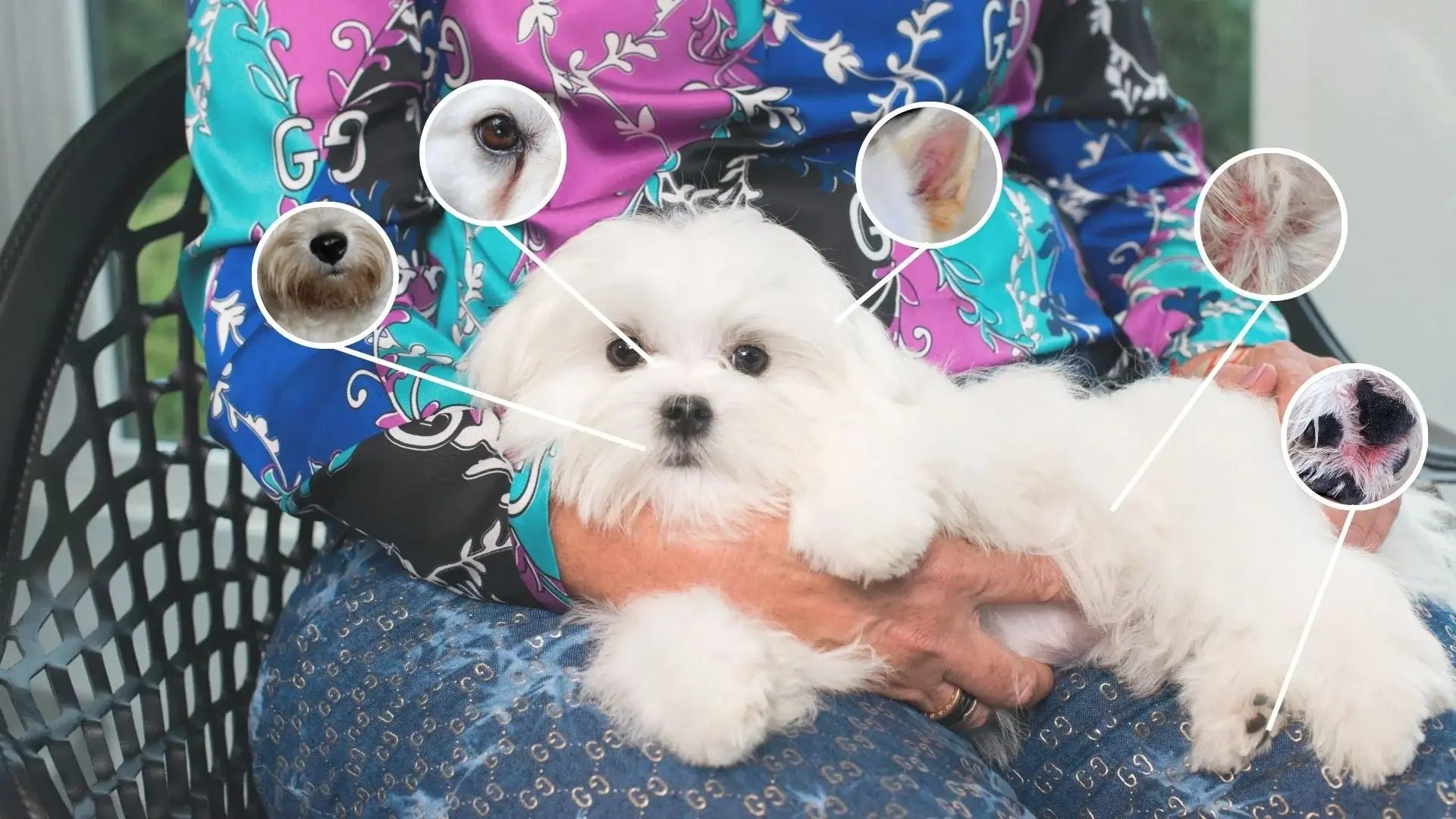
Heather
I found this website because my bichon’s skin was literally breaking on its own, sort of tearing up — like big cracks — and when a tear would heal, another one would form adjacent to it. So my vet suggested that I try giving my dog hydrolyzed protein food and matching treats, which has been working very well. But then those treats have been discontinued, so I searched online for hydrolyzed protein treats, and I saw this website. I was so interested in the idea of essentially matching the food with the dog’s body chemistry! My dog loves her new Superior Care Pet treats, and I look forward to seeing how her body reacts over time! God bless :)